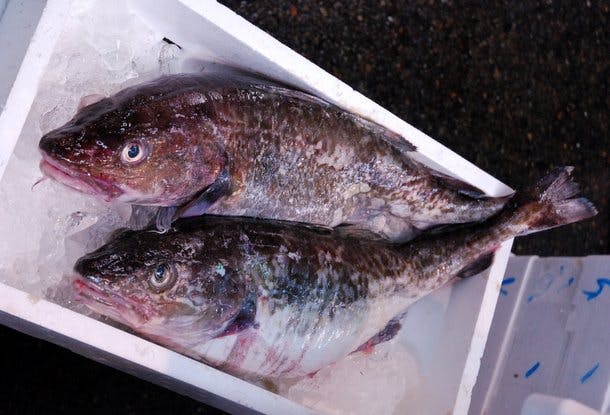
kyoto fish market
Discover the fresh fish market experience with guest chef Tetsuo Takenaka in Kyoto. Learn about the importance of freshness, seasonality and quality of ingredients in Japanese cooking. Explore the variety of seafood from the Kyo-ichiban Market, and delve into the culinary traditions of Japanese cuisine.
At a Japanese cuisine symposium, I met one of the guest chefs from Kyoto, a man named Tetsuo Takenaka. He spoke English, and casually mentioned that he went to the market every morning before he started cooking at his restaurant, Seiwasou. I told him that I was planning to head to Kyoto soon and would love to accompany him. Takenaka-san kindly agreed.
I met Takenaka-san this week at the Kyo-ichiban Market -- the Kyoto Central Market -- at 6:30am. Dressed in a warm-up jacket and NYPD baseball cap, clipboard in hand, he was already busy with the fish mongers. He led me into a brightly lit hall packed with 130 fresh fish vendors -- and scores of varieties of sea life. Following him in the market taught me something about fresh fish -- and the elements of Japanese cooking.
Takenaka-san is a generous man and happy to explain things. We stopped beside a three-foot long mackerel resting on ice in a rectangular styrofoam box. "Look how fresh," he said. He poked at the fish's lean stomach and pointed out its small head and clear eyes - hallmarks of how recently it had been caught.
We passed rows of fish and other sea creatures. Sea bream, tilefish, yellowtail, halfbeak, bonito, flounder, crab, giant clams, six inch long tiger shrimp. "Here's tachiyo," he said as he pointed to a silvery, three-foot long fish, shiny and slender as an eel. "It tastes very nice grilled."
We came upon more sea bream, sliver colored and resting on ice. "These are wild sea bream," Takenaka-san said. "Those," he pointed to pink-hued sea bream on another table, "are farmed." You can tell by the color of the fish?
No, no, he answered. "Look at the rear fins," he said. The wild sea bream's were larger, even though both fish looked like they weighed the same. The farmed variety doesn't have to move through the ocean like their wild brethren, so their fins don't develop the same way.
We talked a bit about the market, too. For all its electricity, business here has been declining every year -- but not because demand is dropping. Chefs and fishermen are now dealing directly through websites and email, and fish is being delivered from boat to restaurant door, without going through the market's wholesalers.
As he placed orders, Takenaka-san checkmarked his clipboard -- he had a list of over twenty fish and other sea life to buy this morning. He buys his fish every morning just for that day's service. Watching him in action I was struck by the importance he and other Japanese chefs place on freshness, seasonality and quality of ingredients. Even if it means going to the market at 6am each day.
After we finished -- including a stop at a vendor who handed us each a cold, tiny brown bottle with the words "stamina drink" in English on the label -- we headed to Takaneka-san's van in the parking lot. It was packed full. "The vendors know my parking lot number," the chef explained, "and load my van for me." A courtesy the Internet cannot replace.
